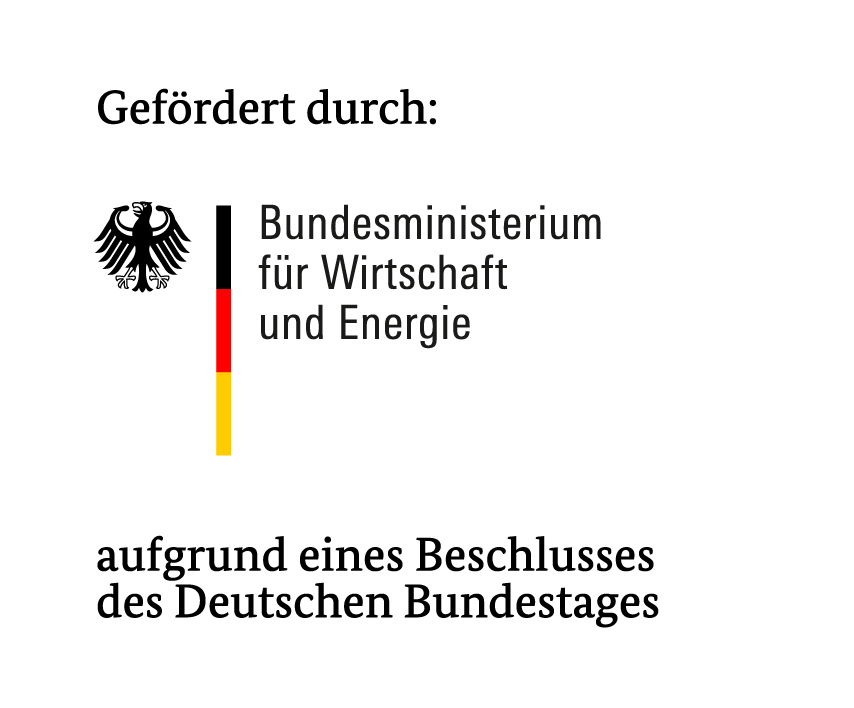Brief description
The CFD calculation is based upon modeling the physical processes at and in the flat plate collector. Therefore, in the first step, flat plate collectors are visualized in a CFD program and the outlet temperature as well as the component temperatures are calculated depending on the ambient and operating conditions (e.g. insolation, inlet temperature, etc) and the collector’s construction (e.g. absorber coating, connection absorber sheet metal – absorber tube, etc). Due to specific ambient and operating conditions, the collector’s performance can be virtually tested in a second step. On the basis of the virtually created measurement data, the conventional collector parameters are determined via parameter identification in an established way, compliant with standards. Thus, the collector’s yearly energy yield for standardized boundary conditions is identified.
Furthermore, the development of a CFD component library is planned which will enable a modular construction of flat plate collectors based on various components, e.g. various absorber geometries, transparent covering, thermal insulation, etc. The component library shall make the developed models generally available and therefore accelerate the modeling of a variety of solar collectors by the combination of individual components.
Project duration
01/2015 - 12/2018
Acknowledgements
The research project “Development of a development and optimization tool for flat plate collectors based on CFD simulations and virtual collector performance tests“ (acronym “VirtColl+”) is funded by the Federal Ministry for Economic Affairs and Energy due to a decision of the German Bundestag and supported by Project Management Jülich (German: Projektträger Jülich, PtJ) under grant number 0325556A.

Contact

Dr.-Ing. Harald Drück
Research Coordinator and Team Lead

Dr.-Ing. Stephan Fischer
Team Lead


